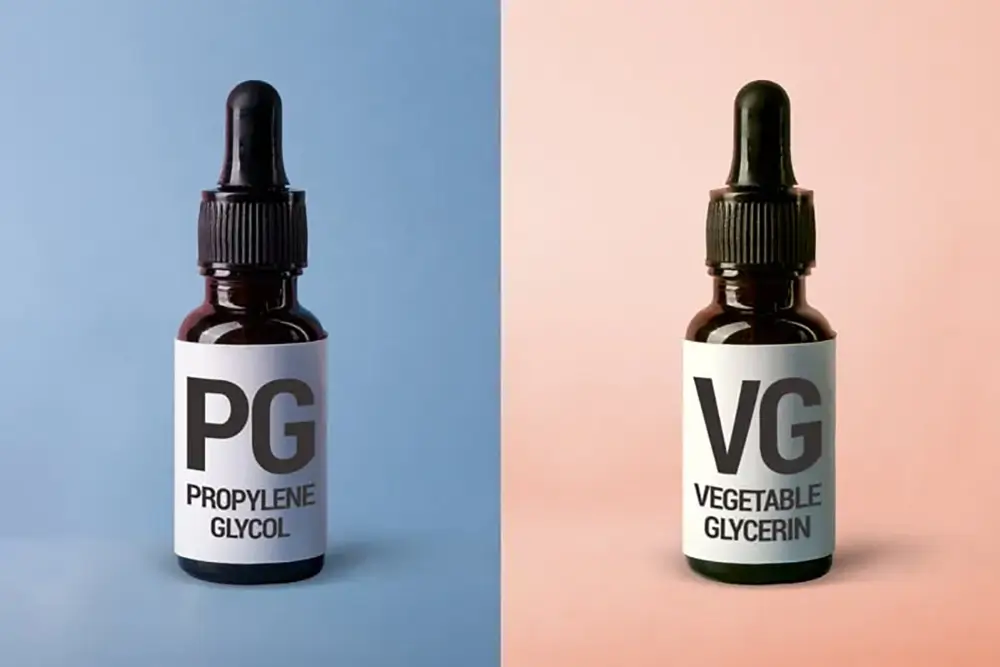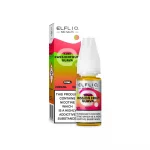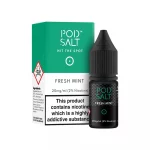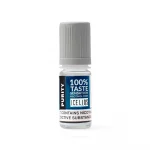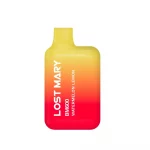If you’re nearer the beginning than deep into your vaping journey, there’s a good chance you might find all the terminology involved becomes a bit much, after a while. You might even feel it becomes a bit of a hindrance to getting the most out of becoming a vaper. It can be like learning a new language – while also mastering technology and techniques and enjoying a new experience and culture.
A decent example of this is getting your head around the whole ‘PG vs. VG’ thing – what is it, why’s it important and just how can it liberate your vaping life? Well, to break it down then, ‘PG’ and ‘VG’ are simply abbreviations used to describe the primary ingredients in the e-liquids you put in your device and actually vape (note: nicotine salts – or nic salts – are a bit different, so don’t apply here). But they’re abbreviations for what? ‘PG’ is short for propylene glycol; ‘VG’ for vegetable glycerin.
Propylene glycol (PG)
PG makes an e-liquid:
- Runny – PG-heavy vape juice is pretty much always thinner than VG-dominant juice, so it can absorbed well by the wick fabric of a cartomiser-featuring device (unlike, say, a Slate JUUL device with its snap-in cartridges)
- Flavoursome – because PG is odourless, it has no effect on influencing a liquid’s flavour
- Throaty – good news for those looking to make the switch from smoking to vaping, PG-led vape juices tend to deliver tobacco cigarette-like throat hits.
Vegetable glycerin (VG)
VG makes an e-liquid:
- Thick – when it comes to consistency, a VG-dominated liquid’s solution is noticeably thicker, meaning it ensures slower absorption of the juice by cartomisers and wick fabrics
- Sweet – great news for sweet-tooths here; VG’s naturally sweet-ish taste helps make juices sweeter as they pass over the tongue, as the vaper draws a hit into their mouth
- Less throaty – VG-led liquids definitely deliver a subtler, more nuanced and arguably less throaty hit than PG-heavy ones
- Vapour-friendly – VG’s thick consistency results in lots and lots of vapour generation, which is why VG-driven e-liquids are the vape juices of choice for ‘cloud chasers’.
PG and VG ratios
As you might expect, then, in order to ger a nice blend of the qualities of both PG and VG, e-liquids you’ll buy from a London vape shop – or, indeed, any retailer specialising in vaping equipment – will, most of the time, feature a mix of them in their ‘base’. And this mix will be in deliberate proportions, suited to whatever particular vapers want from their vaping.
In which case, juices that feature a 60-40 VG-PG ratio are great for producing clouds and clouds of vapour and excellent flavour, while a 70-30 VG-PG liquid ought to deliver good vapour but be especially a hit with cloud enthusiasts. Alternatively, plumping for a 70-30 PG-VG mix would likely result in a throaty vape (no doubt emulating a drag on a cigarette, which would be familiar and enjoyable for those new to the vaping game, as they try to move from smoking), as well as terrific flavour. In the end, it all comes down to getting what you want from your vape – and the ratio of PG to VG in your e-liquid will go a long way to determining that.

